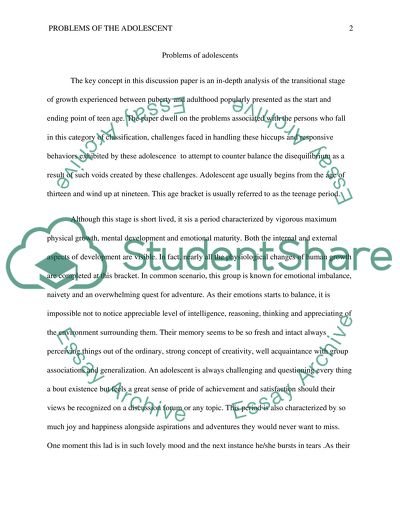Cite this document
(“Problems of adolescents Research Paper Example | Topics and Well Written Essays - 1750 words”, n.d.)
Retrieved from https://studentshare.org/family-consumer-science/1419204-adolescent
Retrieved from https://studentshare.org/family-consumer-science/1419204-adolescent
(Problems of Adolescents Research Paper Example | Topics and Well Written Essays - 1750 Words)
https://studentshare.org/family-consumer-science/1419204-adolescent.
https://studentshare.org/family-consumer-science/1419204-adolescent.
“Problems of Adolescents Research Paper Example | Topics and Well Written Essays - 1750 Words”, n.d. https://studentshare.org/family-consumer-science/1419204-adolescent.


